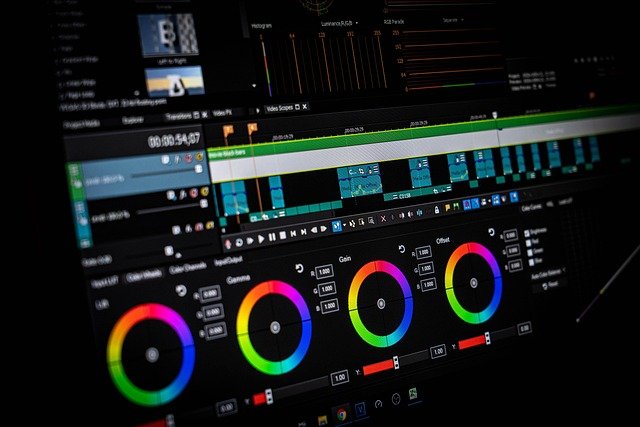Understanding 3D Animation Degrees and Career Opportunities
Three-dimensional animation has revolutionized entertainment, advertising, and digital media industries. A specialized degree in this field provides comprehensive training in modeling, rigging, texturing, and animation techniques using industry-standard software. Students learn to create compelling visual narratives while developing technical skills essential for modern digital production environments.

What Is 3D Design and Why Does It Matter Today?
3D design represents the creation of three-dimensional digital objects and environments using specialized computer software. This technology enables artists and designers to construct virtual worlds, characters, and objects with depth, width, and height that can be viewed from multiple angles. The significance of 3D design has grown exponentially as industries recognize its potential for storytelling, product visualization, and immersive experiences.
Modern 3D design encompasses various disciplines including modeling, texturing, lighting, and animation. Artists use tools like Maya, Blender, Cinema 4D, and 3ds Max to create everything from architectural visualizations to character animations for films and video games. The field requires both artistic vision and technical proficiency, making formal education increasingly valuable for aspiring professionals.
The Power of 3D Design: Transforming Ideas into Reality
The transformative nature of 3D design lies in its ability to make abstract concepts tangible and accessible. Designers can prototype products before manufacturing, architects can walk clients through buildings before construction, and filmmakers can create impossible worlds that captivate audiences. This technology bridges the gap between imagination and visual representation.
Educational programs in 3D animation typically cover fundamental principles of design, color theory, and composition alongside technical training. Students learn industry workflows, project management, and collaboration skills essential for professional environments. The curriculum often includes courses in character development, environmental design, motion graphics, and visual effects production.
The Role of 3D Design in Modern Marketing and Visualization
Marketing professionals increasingly rely on 3D visualization to communicate product benefits and create engaging content. From automotive advertisements showcasing car features to real estate virtual tours, 3D design enables brands to present information in compelling, interactive formats. This application has created numerous career opportunities for skilled 3D artists and animators.
The integration of 3D design in marketing extends beyond traditional advertising. Social media platforms now support 3D content, augmented reality experiences allow customers to visualize products in their own spaces, and virtual reality applications provide immersive brand experiences. These developments have expanded the job market significantly for graduates with comprehensive 3D animation training.
Educational Requirements and Program Structure
Most 3D animation degree programs span four years and combine theoretical knowledge with hands-on practice. Students typically begin with foundational courses in drawing, design principles, and basic computer graphics before progressing to specialized software training and advanced animation techniques. Many programs require completion of a portfolio project or internship to demonstrate practical skills.
Accredited institutions often provide access to professional-grade equipment and software licenses, giving students experience with industry-standard tools. Faculty members frequently include working professionals who bring current industry practices into the classroom. This connection to the professional world helps students understand market demands and emerging trends.
Career Paths and Industry Applications
Graduates with 3D animation degrees find employment across diverse industries including entertainment, advertising, architecture, medical visualization, and education. Common job titles include 3D modeler, texture artist, lighting technician, character animator, and visual effects artist. The skills acquired through formal education translate well to freelance opportunities and entrepreneurial ventures.
The gaming industry represents one of the largest employment sectors for 3D animation graduates. Mobile gaming, console development, and virtual reality applications all require skilled artists capable of creating engaging visual content. Similarly, the film and television industry continues to expand its use of computer-generated imagery, creating ongoing demand for qualified professionals.
Technology Evolution and Future Prospects
Emerging technologies like artificial intelligence, real-time rendering, and cloud-based collaboration tools are reshaping the 3D animation landscape. Educational programs must adapt curricula to include these developments while maintaining focus on fundamental artistic principles. Students who understand both traditional techniques and cutting-edge technology will be best positioned for career success.
The convergence of 3D design with other fields such as data visualization, scientific modeling, and interactive media continues to create new opportunities. As virtual and augmented reality technologies mature, demand for skilled 3D artists who can create immersive experiences will likely increase substantially.
Formal education in 3D animation provides structured learning that combines artistic development with technical proficiency. While self-taught artists can succeed in this field, degree programs offer comprehensive training, industry connections, and credential recognition that can accelerate career development. The investment in education often pays dividends through expanded job opportunities and higher earning potential in this competitive but rewarding field.




